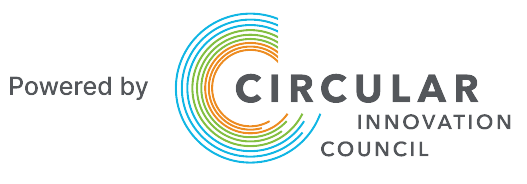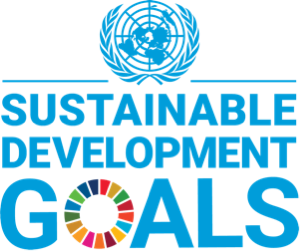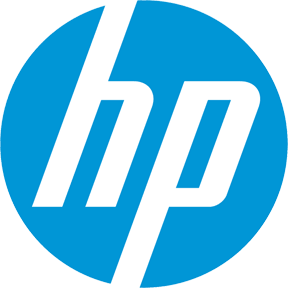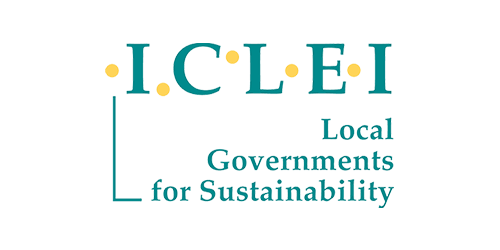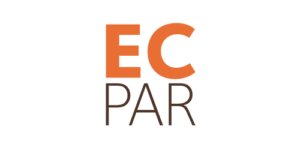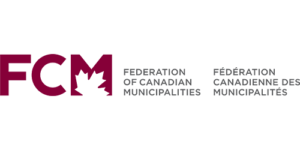Buying the Future You Want
Accelerating the Circular Economy Through Procurement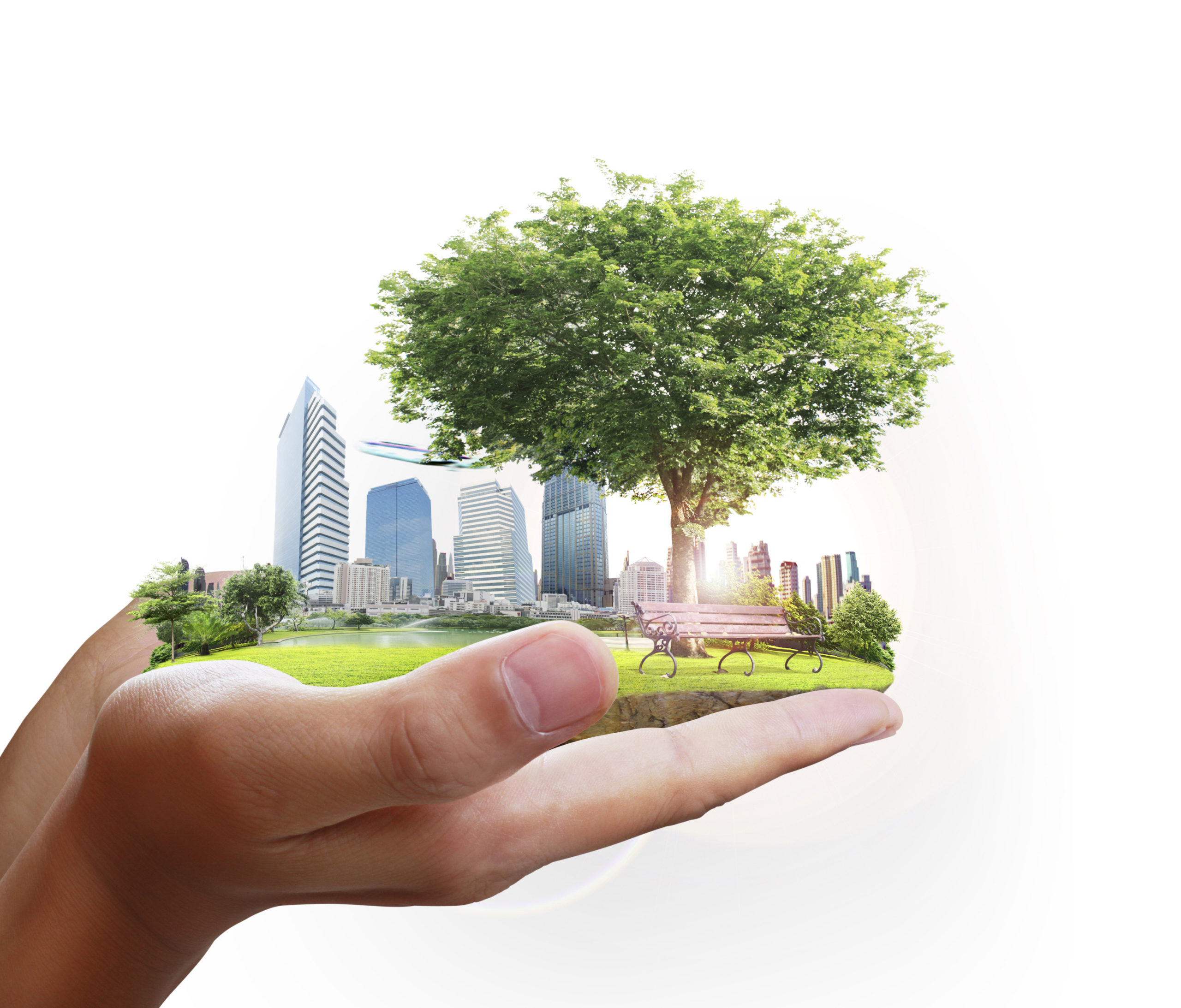
CircularProcurement.ca is a first-of-its-kind Canadian resource and initiative of the Circular Innovation Council to support Canada’s collective understanding of the circular economy and how purchasing advances it. Through knowledge exchange and collaboration CircularProcurement.ca is a leading showcase of insight and experience to put circular economy concepts into action.
We recognize the power of buying to shift markets and offer products and services to advance broader environmental and social goals.
Consumption stats at a Glance
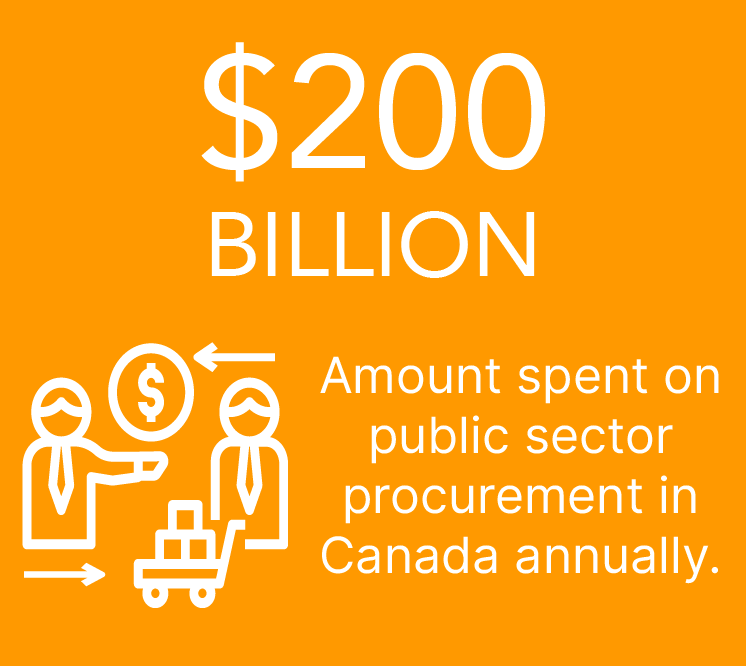
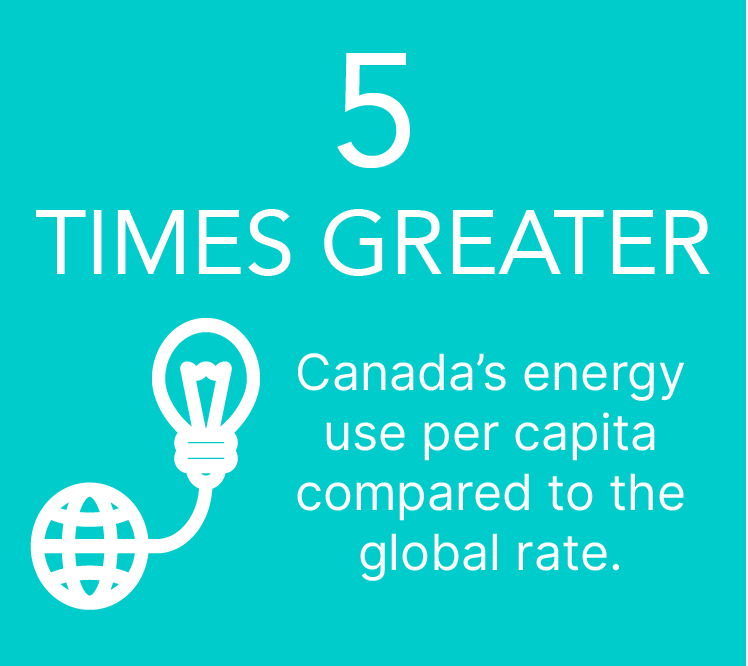
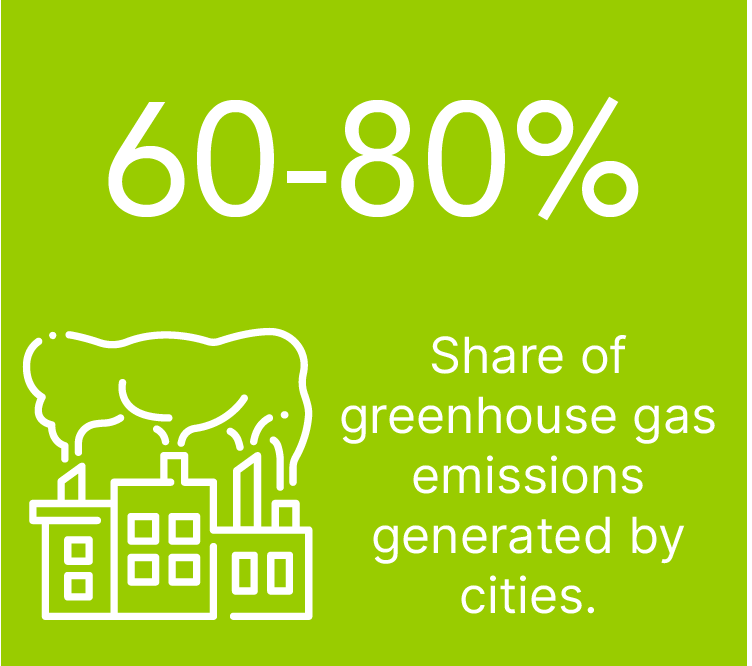
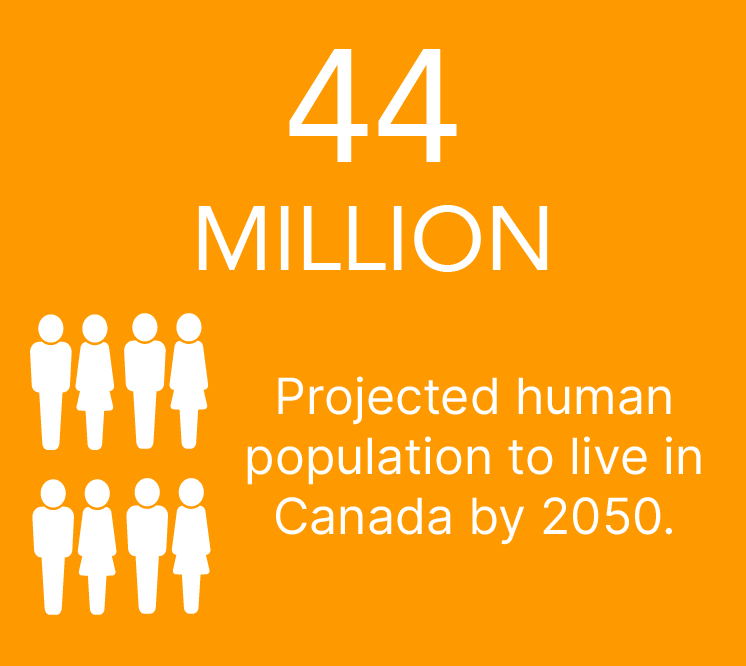




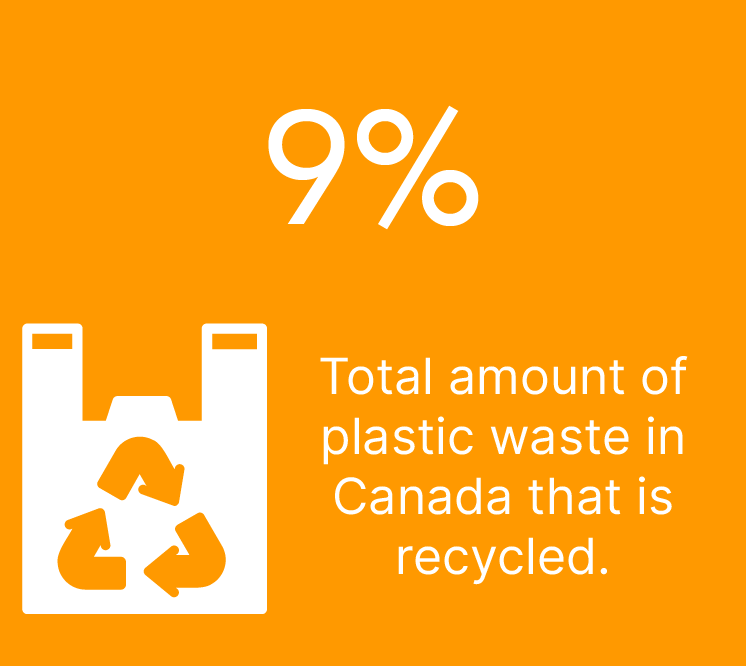
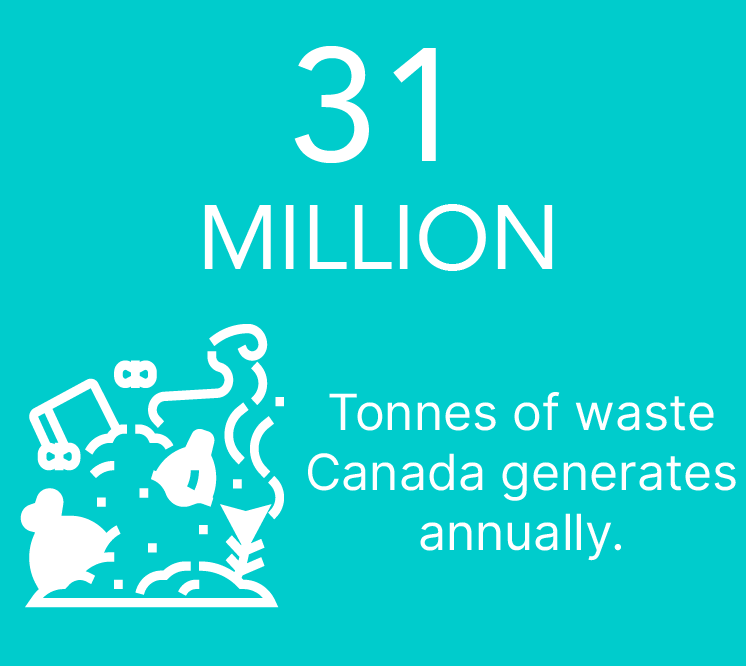
Transitioning To a Circular Economy in Canada
Canada’s resource-based economy depends on the ability to preserve the value of finite resources and natural capital for success. Our ongoing linear model of production and consumption – take-make-waste – has proven to be unsustainable and a barrier to success. Products are designed and used with a limited life and diminishing value; and environmental and social costs are not considered in the purchase price. Shifting our economy to a model that is built on environment protection, social well-being, robust financial health requires demand for better products, business models, and partnerships.
The circular economy re-engages consumption and production beyond the linear model by decoupling economic growth from resource use. Circularity has the ability to improve the value of natural resources, reduce carbon emissions, and eliminate waste. It encourages innovation in product design and business delivery systems. Transitioning to a circular economy doesn’t balance economic, environmental, and social priorities in isolation: it delivers them simultaneously.
Transitioning to a circular economy unlocks a $3 trillion economic opportunity for Canada.
Governments across Canada spend $200 billion annually on goods and services, which equates to 15% of Canada’s Gross Domestic Product (GDP): 80% or $160 billion is spent by municipalities. Collectively, governments have the significant buying power to transition the linear economy to a circular model built by design.
Transitioning To a Circular Economy in Canada
Canada’s resource-based economy depends on the ability to preserve the value of finite resources and natural capital for success. Our ongoing linear model of production and consumption – take-make-waste – has proven to be unsustainable and a barrier to success. Products are designed and used with a limited life and diminishing value; and environmental and social costs are not considered in the purchase price. Shifting our economy to a model that is built on environment protection, social well-being, robust financial health requires demand for better products, business models, and partnerships.
The circular economy re-engages consumption and production beyond the linear model by decoupling economic growth from resource use. Circularity has the ability to improve the value of natural resources, reduce carbon emissions, and eliminate waste. It encourages innovation in product design and business delivery systems. Transitioning to a circular economy doesn’t balance economic, environmental, and social priorities in isolation: it delivers them simultaneously.
Transitioning to a circular economy unlocks a $4.5 trillion economic opportunity for Canada.
Governments across Canada spend $200 billion annually on goods and services, which equates to 15% of Canada’s Gross Domestic Product (GDP): 80% or $160 billion is spent by municipalities. Cities in particular have a unique opportunity generating over 50% of Canada’s waste and as much as 80% of Canada’s GHG emissions.
Collectively, governments have the significant buying power to transition the linear economy to a circular model built by design.
Circular Procurement Advances Canada’s Circular Economy
Circular procurement can be defined as a process where goods and services are purchased systemically and purposefully to incorporate closed energy and material loops within value and supply chains, to reduce waste and other environmental impacts.
It is a multi-pronged implementation tool that delivers on the three pillars of sustainability or triple bottom line – environment, economic, and social – and requires a complete lifecycle analysis to challenge an organization’s approach to buying and consuming goods and services.
Circular procurement also goes beyond environmental compliance: it builds on principles of sustainable procurement by considering the delivery of environmental gains by incorporating and concurrently driving social and economic benefits.
Buyers can transition their organization toward a circular economy, as well as influence product and service providers, by considering design, production, and innovation with circularity as an outcome.
Get started
Featured Case Studies
Global Initiatives
Journey around the world to learn how procurement is emerging as the tool to drive change. Select a region to learn more.
